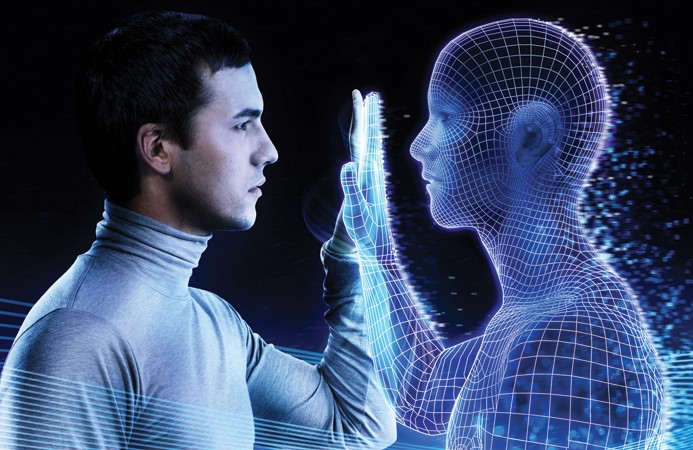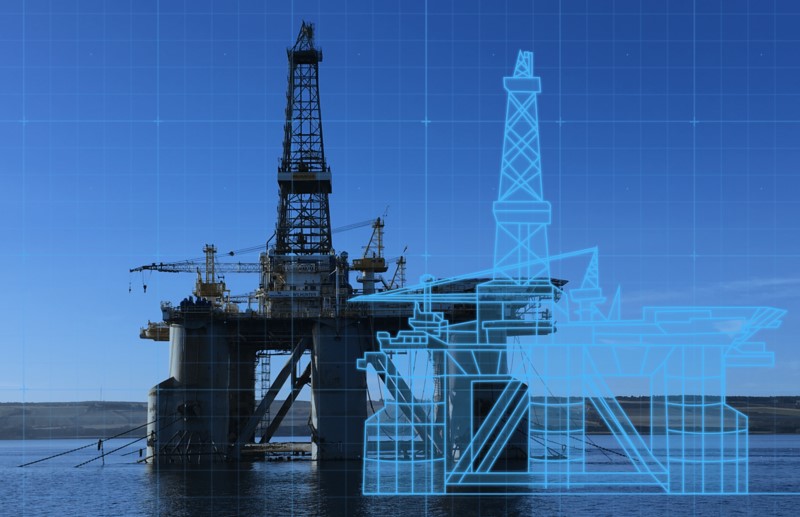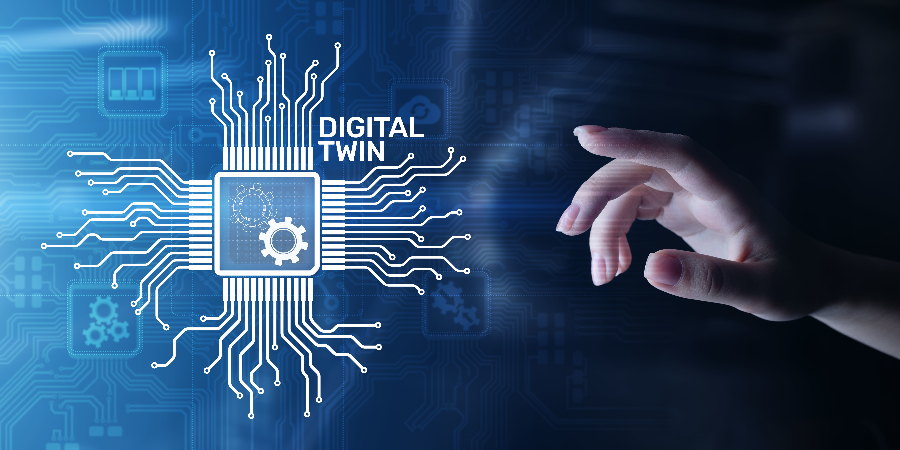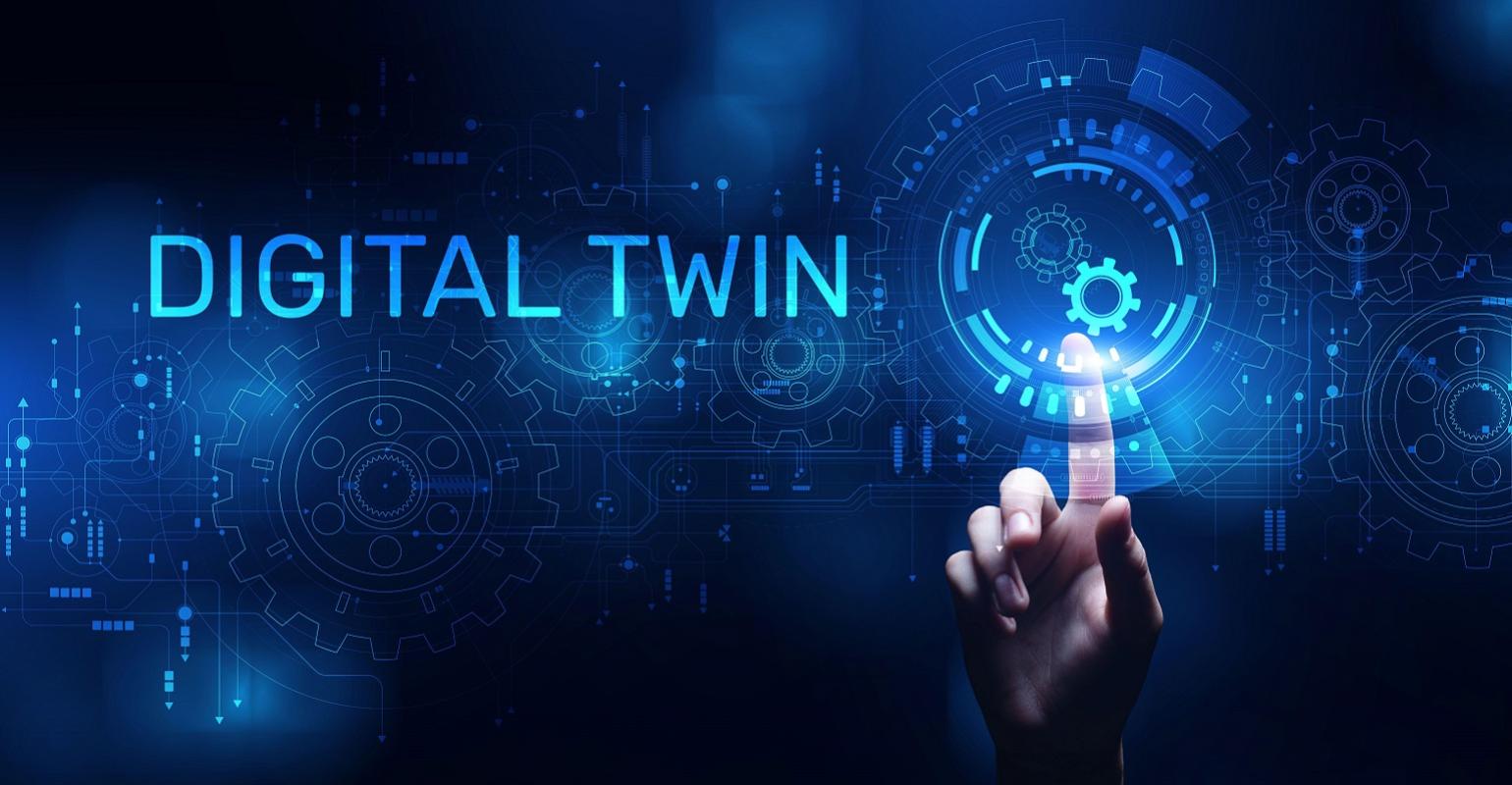Comprehend the present and forecast the future with Digital Twin.
A digital twin is a virtual representation that acts as a physical object or process's real-time digital equivalent. Although the idea was developed earlier, NASA provided the first concrete definition of a digital twin to enhance the physical-model simulation of spacecraft in 2010. The creation of digital twins for physical items using 3D modeling is an example of a digital twin. It offers a mechanism to bring physical objects into the digital world and can be used to view the status of the real-world object. In essence, a digital twin is computer software that simulates how a process or product would work using data from the real world. To improve the output, these systems can use artificial intelligence, software analytics, and the internet of things (Industry 4.0). Companies can test and certify a product before it ever exists in the real world with the aid of a digital twin. A digital twin helps engineers find any process flaws before the product is put into production by simulating the intended production process. Digital twins can demonstrate the effects of design changes, usage scenarios, environmental conditions, and other endless variables by integrating multi-physics simulation, data analytics, and machine learning capabilities. This eliminates the need for physical prototypes, shortens development time, and improves the finished product or process quality.
Applications for a digital twin depend on the stage of the product life cycle it models.
Product, Production, and Performance are the three main categories of digital twins, and each is described here. The three digital twins working together as a whole to progress is referred to as the "digital thread." Because it is woven into and collects data from all phases of the product and manufacturing lifecycles, the word "thread" is employed. With the help of digital twins, you can visually verify product performance and demonstrate how your items are now behaving in the real world. With the help of this "product digital twin," which connects the virtual and physical worlds, you can examine how a product functions in various situations and make changes in the virtual world to guarantee that the following actual product will function exactly as intended in the field. You can use digital twins to visually validate product performance and show how your products are acting present in the actual world. This "product digital twin," which links the virtual and physical worlds, enables you to study how a product performs in various scenarios and make modifications in the virtual world to ensure that the ensuing real product will perform exactly as planned in the field. Massive amounts of data are produced about the use and effectiveness of smart products and smart plants. To provide actionable knowledge for wise decision-making, the performance digital twin collects these data from active items and plants.
Is digital twin an emerging technology for the future?
The market for digital twins is anticipated to expand quickly over the next few years due to all the possible use cases that now exist. The market had a value of $3.1 billion in 2020, but by 2026, it is anticipated to grow to $48.2 billion. Although it is not new, digital twin technology is drastically altering the design and engineering process. Software environments that are virtual or simulated have been around for a long time. For instance, since the 1970s, teams of product and process engineers have used CAD models to assist with systems engineering. An exact clone of something in the physical world exists as a digital twin. It uses analytics and IoT sensors to produce data-driven representations of physical systems. Digital twins give engineers virtual capabilities for managing assets and resources while enhancing performance, going beyond lifeless computer-aided design (CAD) models. To monitor systems and simulate system dynamics, businesses create digital twins by affixing sensors to their products and machinery. As an illustration, a digital twin of an aircraft engine enables pilots to keep track of an engine's condition in real-time.


What distinguishes digital twin technology from VR?
While the idea of augmented reality is considerably older than that of the virtual twin, it is still relatively new. While Digital Twin is entirely based on a virtual simulation that collects data from the actual world and modifies itself based on changes, it also entails integrating the virtual world with reality. Everyone has been paying close attention to virtual reality technologies like augmented reality. Virtual reality is the idea that most people associate with any of these ideas when they first hear them, yet despite their similarities, these ideas are fundamentally different from one another. Virtual reality innovations like augmented reality have received a lot of attention recently. Huge firms like Snapchat, Facebook, and Instagram accepted this concept right once and started implementing it to enhance their user experience. When most people hear any of these concepts, they immediately think of virtual reality; nevertheless, despite their apparent similarity, these concepts are essentially distinct from one another.





